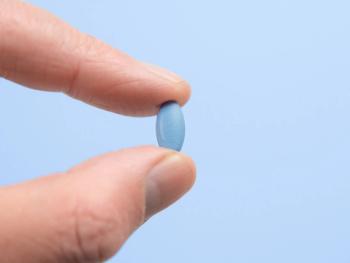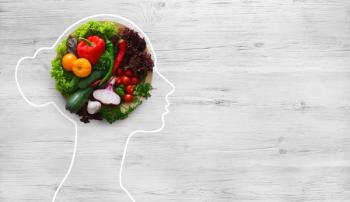
How to Choose a Mood Stabilizer for Children
Clinical features that guide the selection.
RESEARCH UPDATE
Lithium is a first-line treatment in adult bipolar disorder, but I often read that it is less effective in children. In the
Unlike the long-term research, which points toward lithium across the lifespan, the results of acute manic trials diverge for children and adults. In the Treatment of Early Age Mania (TEAM)
Is age the deciding factor, or is age just a marker for something else that is influencing response? To answer that question, we’ll need to understand two types of bipolar disorder:
Classic and atypical bipolar disorder
Among adults, patients with classic manic symptoms are more likely to respond to lithium, while those with atypical presentations fare better with atypical antipsychotics. Atypical bipolar is marked by multiple comorbidities, mixed states, rapid cycling, mood-incongruent psychosis, and a lack of full recovery between episodes. In contrast, in classic bipolar disorder there is a clean separation of manic and depressive episodes, and a relative lack of comorbidities and mixed states. Classic manias present as though they walked out of the bipolar textbook: euphoric, grandiose, energetic, and impulsive.
Another difference between these forms might explain the divergence of the child and adult data. In classic bipolar, the symptoms begin around age 15 to 20 years and arise out of a healthy baseline. In atypical cases the illness starts earlier, during or before puberty, and unfolds insidiously upon a background of social and academic problems, colored by a revolving carousel of psychiatric symptoms including ADHD, conduct disorder, and anxiety.8,9
Turning back to
ADHD is the strongest predictor of poor lithium response in children. Other markers of poor response include prepubertal onset, conduct disorder, anxiety, psychotic features, cluster A traits, and lack of full recovery between episodes.9 When it comes to adults, we know a lot more about the features that favor lithium response, but the available studies suggest that the same predictors apply across the ages.
The bottom line
Classic bipolar disorder is an adult illness that begins in the mid-teens, and child psychiatrists are often the first to intervene. These patients are uniquely responsive to lithium, and when they respond, they tend to remain in remission.1,2 Blanket recommendations to avoid lithium in pediatric patients may cause harm, because starting lithium early (after the first episode) significantly improves the odds of success.14 Antipsychotics work better with an earlier onset of illness-around or before puberty-and atypical features. Lithium is a better choice for the classic cases that strike in mid- to late-adolescence.
Disclosures:
Dr. Aiken is the Director of the
References:
1. Miura T, Noma H, Furukawa TA, et al.
2. Geller B, Tillman R, Bolhofner K, et al.
3. Geller B, Luby JL, Joshi P, et al.
4. Correll CU, Sheridan EM, DelBello MP.
5. Segal J, Berk M, Brook S.
6. Bowden CL, Grunze H, Mullen J, et al.
7. Malhi GS, Geddes JR.
8. Marneros A, Goodwin F.
9. Duffy A. Lithium treatment in children and adolescents: a selected review and integration of research findings. In: Bauer M, Grof P, Muller-Oerlinghausen B, eds.
10. Vitiello B, Riddle MA, Yenokyan G, et al. Treatment moderators and predictors of outcome in the Treatment of Early Age Mania (TEAM) study. J Am Acad Child Adolesc Psychiatry. 2012;51:867-878.
11. Strober M, Morrell W, Burroughs J, et al.
12. Strober M, DeAntonio M, Schmidt-Lackner S, et al.
13. Masi G, Perugi G, Millepiedi S, et al.
14. Kessing LV, Vradi E, Andersen PK.
Newsletter
Receive trusted psychiatric news, expert analysis, and clinical insights — subscribe today to support your practice and your patients.















